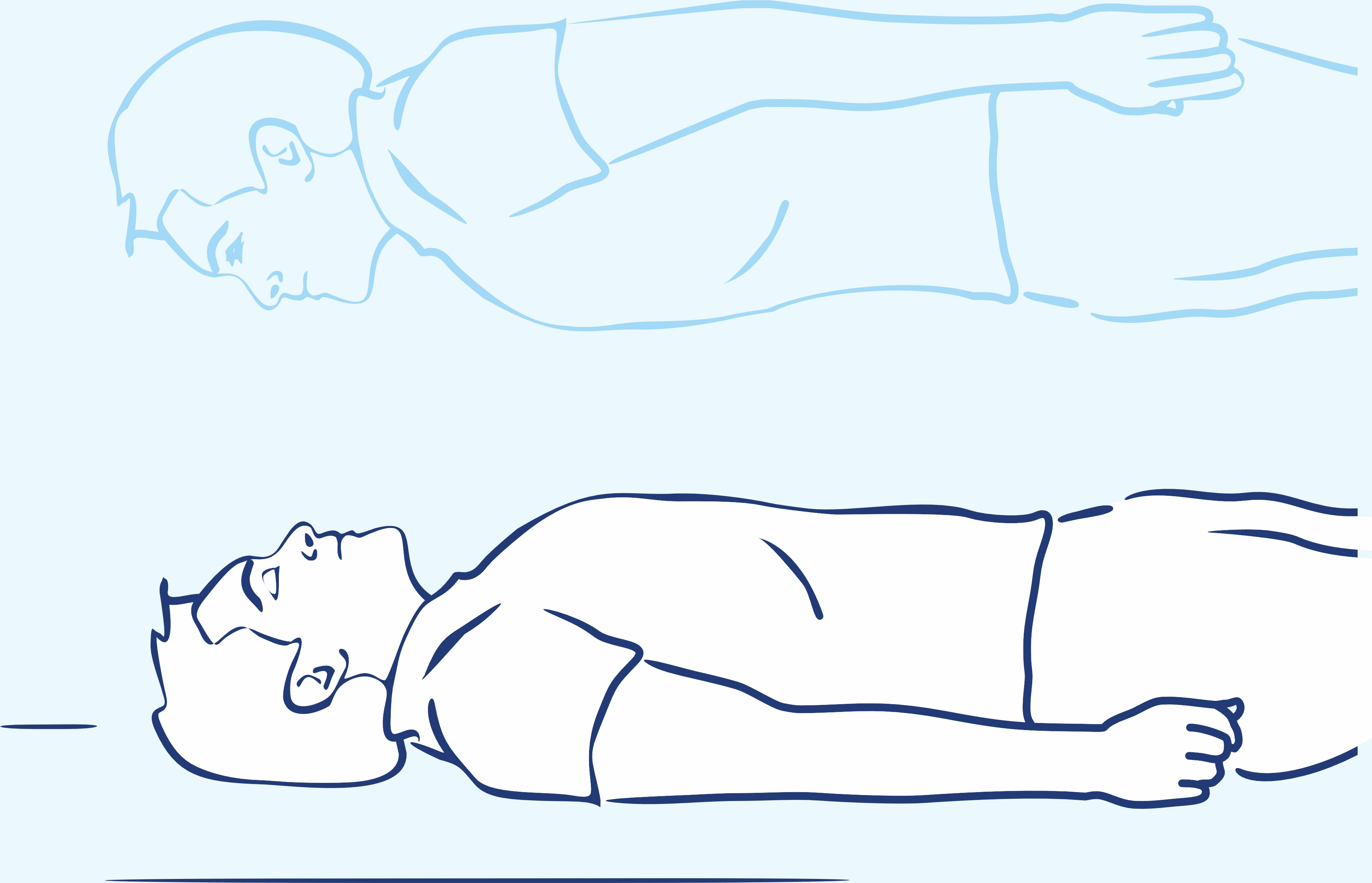To provide services at the highest level, we use cookies. Using the website requires you to choose settings related to their storage on your device. If you want to know what each type of cookie is used for, click the Details button below.
What is OOBE and how to achieve it?25 września 2024 |

OOBE, or out of body experience, is a phenomenon of exteriorization in which a person has the sensation of physically leaving their body. In this state, consciousness seems to function outside the person's body, and they may observe themselves from an external perspective. This is often accompanied by a feeling of floating, traveling beyond the physical boundaries of the body, or flying to different places.
OOBE is indeed possible, although it is interpreted in various ways. Rationalists consider it an illusion of leaving the body, linked to brain activity. Spiritually-minded individuals view OOBE as a mystical experience where one truly exits their body. While many people subjectively confirm experiencing OOBE, its explanation remains ambiguous. There is no definitive proof that verifies the physical possibility of leaving the body, but many people report such experiences during relaxation, meditation, or sleep. It is important to note that this phenomenon is difficult to study scientifically, so most researchers consider it a psychological or neurological phenomenon.
The OOBE state is a specific experience in which one feels as though they have left their body, often accompanied by movement in another reality. This is frequently an immaterial reality, shaped by the person's imagination. OOBE may involve observing one's body from above, traveling to distant places, or experiencing realms that do not conform to the known laws of physics. People who experience OOBE often describe it as a feeling of lightness, freedom, and detachment from everyday problems.
Lucid dreaming is a specific state where a person is dreaming but is aware that they are in a dream. This awareness allows them to partially or fully control events within the dream. OOBE, on the other hand, is an experience where a person feels they have actually left their body but are not dreaming. Thus, these are two distinct phenomena.
Theta brainwaves, which have a frequency of 4-8 Hz, are closely linked to deep relaxation, meditation, and hypnagogic states, which correspond to the transition between wakefulness and sleep. It is believed that these brainwaves promote states in which a person can experience OOBE. When the brain operates at Theta frequencies, consciousness is in a state between wakefulness and sleep, which can facilitate the sensation of detachment from the body. Theta waves have also been shown to enhance meditative and relaxation states, which often lead to OOBE.